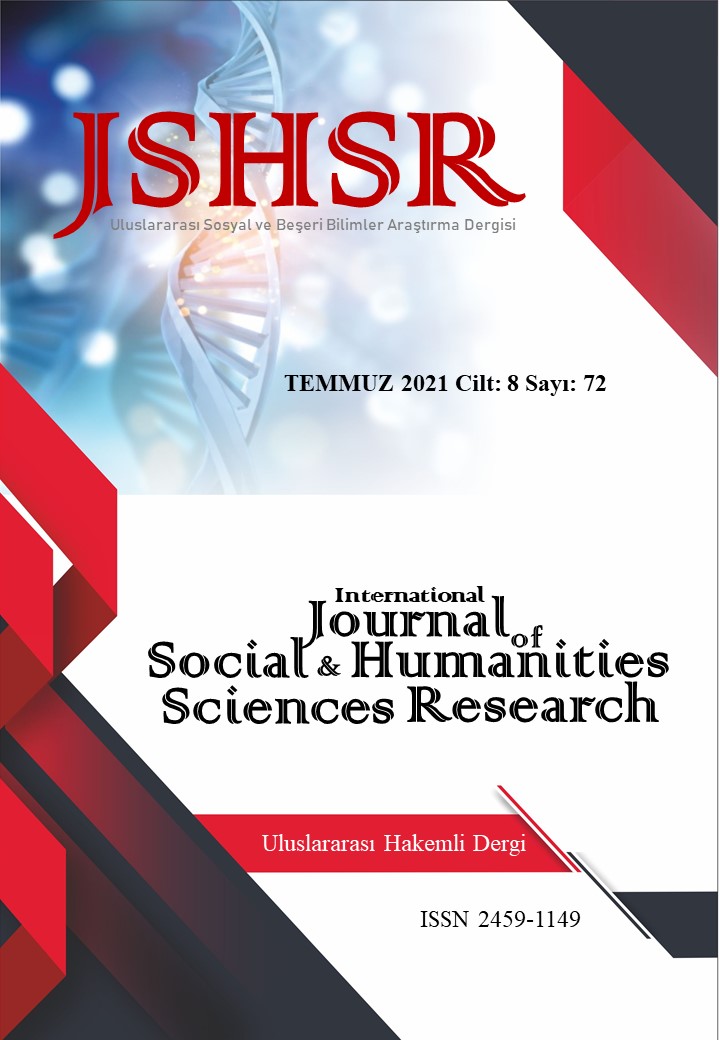AQUARIUM IN PUBLIC INTERIOR SPACES
DOI:
https://doi.org/10.26450/jshsr.2555Keywords:
Biophilic Design, Feng Shui, Focal Point, WaterAbstract
Humans and fish have had a relationship since ancient times. The practice began with keeping fish in ponds for feeding purposes and progressed to maintaining decorative fish in porcelain jars for monitoring purposes. Glass tanks were later developed to explore the undersea environment. The fact that marine life can be seen from behind transparent surfaces without posing a risk has helped to grow the aquarium hobby, and home fish nutrition has sparked a lot of interest. Aquarium technology advancements have enabled the construction of massive public aquariums. As a result, aquariums are now widely used for both instructional reasons and to show the aquatic environment. Today's research has found that observing aquariums has a favorable effect on humans. Considering these impacts, there are several advantages to employing aquariums in public areas, which serve as social gathering places. The study's goal has been to look into the utilisation of aquariums in public places. First, the indoor usage of aquariums was noted, and a literature analysis was undertaken to determine the impacts of aquariums on humans. The utilisation of aquariums in public settings was then investigated using descriptive observation. According to these investigations, it has been determined that the use of aquariums is common in places such as schools, offices, shopping malls, hospitals, airports, and restaurants, which are important places for society, and that creating a focal point in the space with the aquarium has positive effects. Because there is a scarcity of literature on the usage of aquariums in public spaces, it is anticipated that this study will serve as a starting point for future research
Downloads
Published
How to Cite
Issue
Section
License
Copyright (c) 2021 INTERNATIONAL JOURNAL OF SOCIAL HUMANITIES SCIENCES RESEARCH

This work is licensed under a Creative Commons Attribution 4.0 International License.


